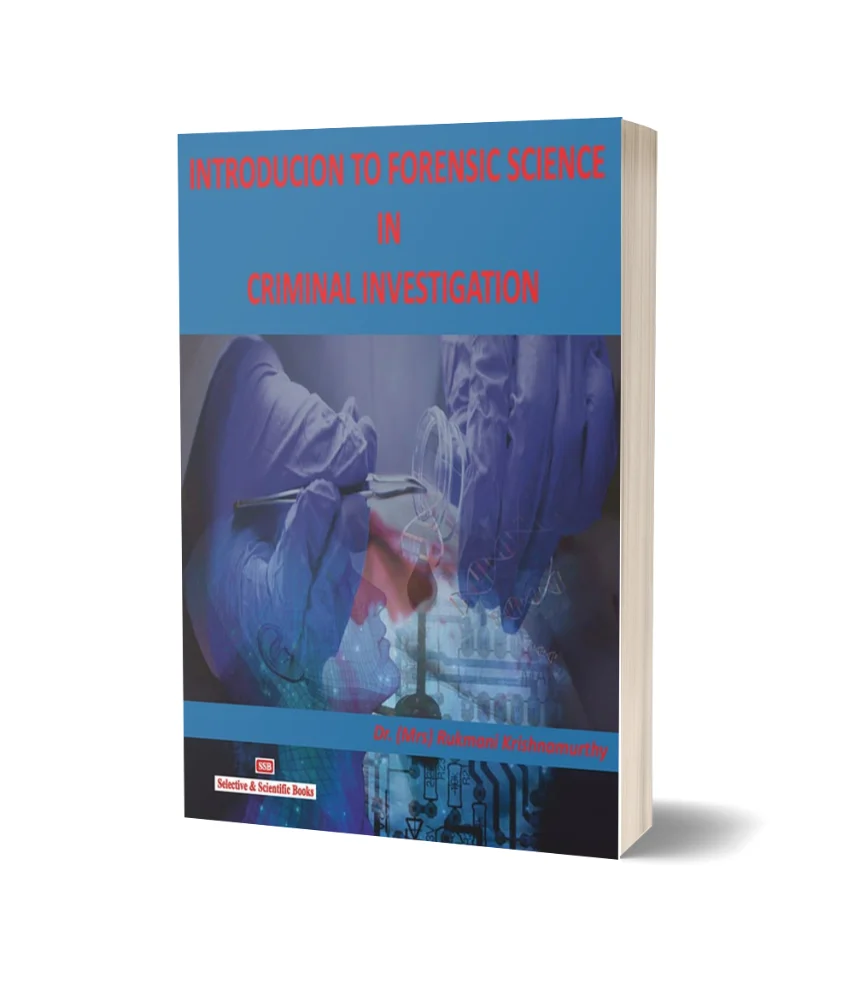Description
Crime is as old as the human civilization itself. Crime in some of the other form has existed in society from the time the human race has come to life. Societies define crime as the breach of one or more rules or laws for which governing authority may appoint “police agencies” who will investigate the crime and place the facts in front of Judicial Officers who after careful examination of the facts will ultimately prescribe a conviction or acquittal as the case may be. One can view criminalization as a procedure deployed by society as a pre-emptive, harm-reduction device, using the threat of punishment as a deterrent to anyone proposing to engage in the behavior causing harm. The State becomes involved because governing entities can become convinced that the costs of not criminalizing (i.e. allowing the harms to continue unabated) outweigh the costs of criminalizing it (restricting individual liberty, for example, in order to minimize harm to others).
. In India, the burden of proving a crime beyond doubt is on the prosecution. The different agencies working for crime detection are Police Officers, Forensic Scientist, Medico-legal Doctors, and Judicial Officers. Scientific advancements in various branches of science have encouraged modern scientific techniques to provide quick solutions to a majority of problems of human beings. Modernization of the investigation procedure leads to the concept of Forensic Science (i.e. the science used in the courts of law). When the application of science in solving crime cases increased, its indisputable strength in providing clinching evidence was slowly realized all over the world. As usual, the western countries took the lead. However, India did not lag far behind and a few ‘Laboratories, of Chemical Examiners’, were established during the middle of the nineteenth century but their role was limited and for nearly a hundred years, hardly any expansion took place.
The successful investigation of crime, as well as fair administration of justice, depends on the quality of evidence. If the quality of the evidence is poor, as has been the case with eyewitness testimony, the criminals manage to go unpunished. It was thought that there is an urgent need to expand Forensic Science facilities to improve the quality of evidence. With this aim in view, the Government of India prepared a model scheme in the year 1958 and decided to introduce science in the Indian Criminal Justice Delivery System by setting up a chain of Forensic Science Laboratories all over the country.
Forensic Science is a multidisciplinary science used by multi professionals like Police officers, Forensic Scientists, Medico-legal Doctors, Judicial officers, etc. to help the criminal Justices system. The book on “Forensic Science in Crime Investigation with Emphasis on Crime Scene Management” is the need of hour for the above professionals and students pursuing Forensic Science courses. The crime scene is the wealth of clue materials and its scientific collection with Forensic Scientists help and further its scientific analysis will nail the suspect and acquit the innocent in targeted time. The criminals use the latest technology to commit Techno-crimes and the Forensic Scientist should use high-tech methods in retrieving the clue materials from the crime scene in important and sensitive cases like murder, rape, sexual assault, terrorist activities, explosion, arson, cyber crimes, extortion, etc. The development in technology has been a boon to the Forensic Scientist who has explored the advantage of the latest Techniques like DNA Finger Printing, Cyber Forensic, Speaker Identification, Tape Authentication, Lie Detection, Narco Analysis, Brain Signature Profiling, Clinical Toxicology, and the total automation in most of the Analytical Instruments, to counter the latest Techno-Crimes
The book deals with detailed topics like crime, Types of Crime, Crime Scene, Crime Scene in Natural Disaster, people involved in Investigation, Crime Scene Management, First responding officers, Protection of the crime scene, Reconstruction of the crime scene, scientific survey and documentation of crime scene. Role of different professionals, scientific techniques used in Biological evidence, Arson, explosive, Narcotic Drugs, Adulteration in building materials, Adulteration in Petroleum Products, Firearms, toxicology, Documentation, Foot Prints, Finger Prints, Cyber Forensic, Voice analysis, Forensic Psychology, etc.
The proper collection of clue materials in large vanity of National level cases done and supervised by me are quoted for the benefits of the professionals and the students. The latest improvement in crime scene management at par with global level are discussed in the chapters following this. The complete insight of Mobile Forensic Laboratories is sited. Tele forensic, its utility in the present situation are also discussed. The chapter on preventive forensic and crime prevention will educate the students and the common man to create a peaceful society to live in.
The book has been penned down with my rich experience of thirty-five years as a Forensic Scientist handling national and international sensitive cases, creating six world-class Forensic Science Labs in Maharashtra as Director, and in creating policy matter related to Forensic Advisory Committee, Government of India. The book is based mostly on my personal contribution in addition to literature and internet information. Any suggestions for the further improvement of the book are most welcome













Reviews
There are no reviews yet.